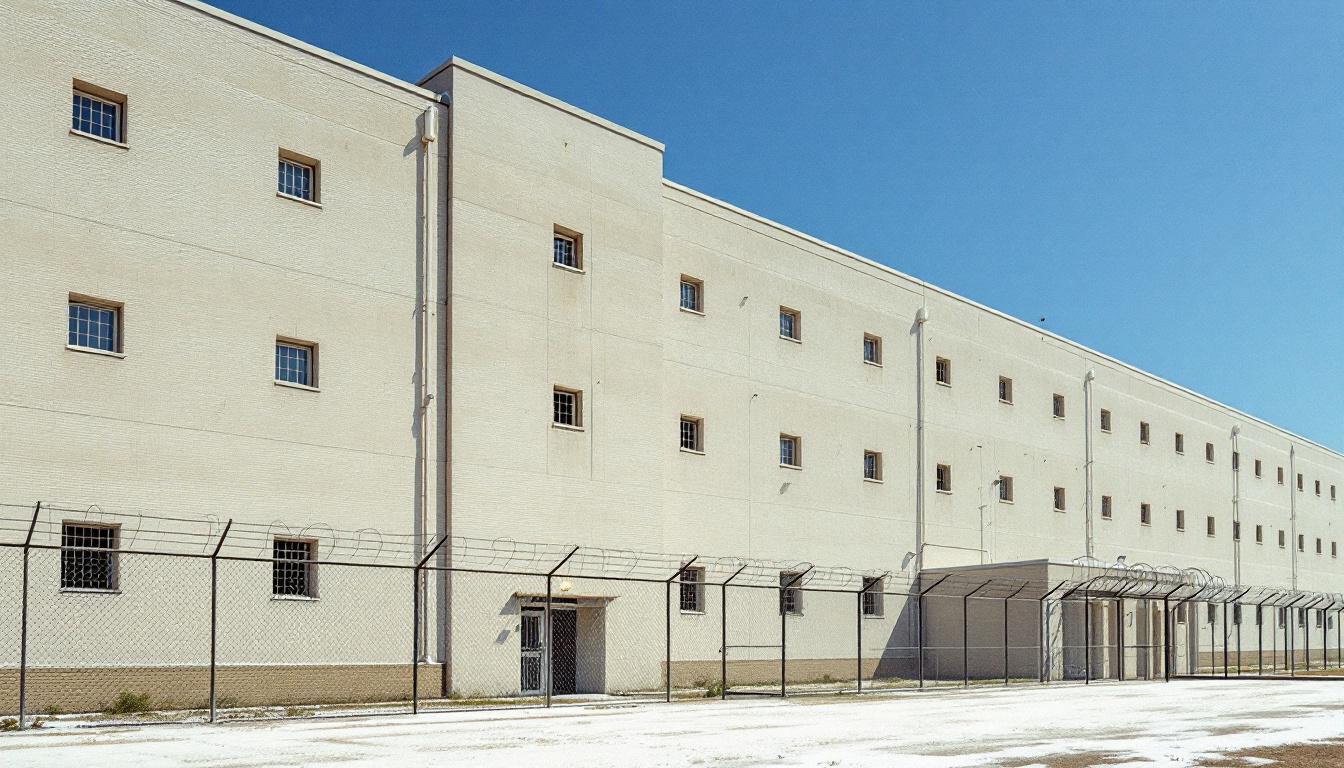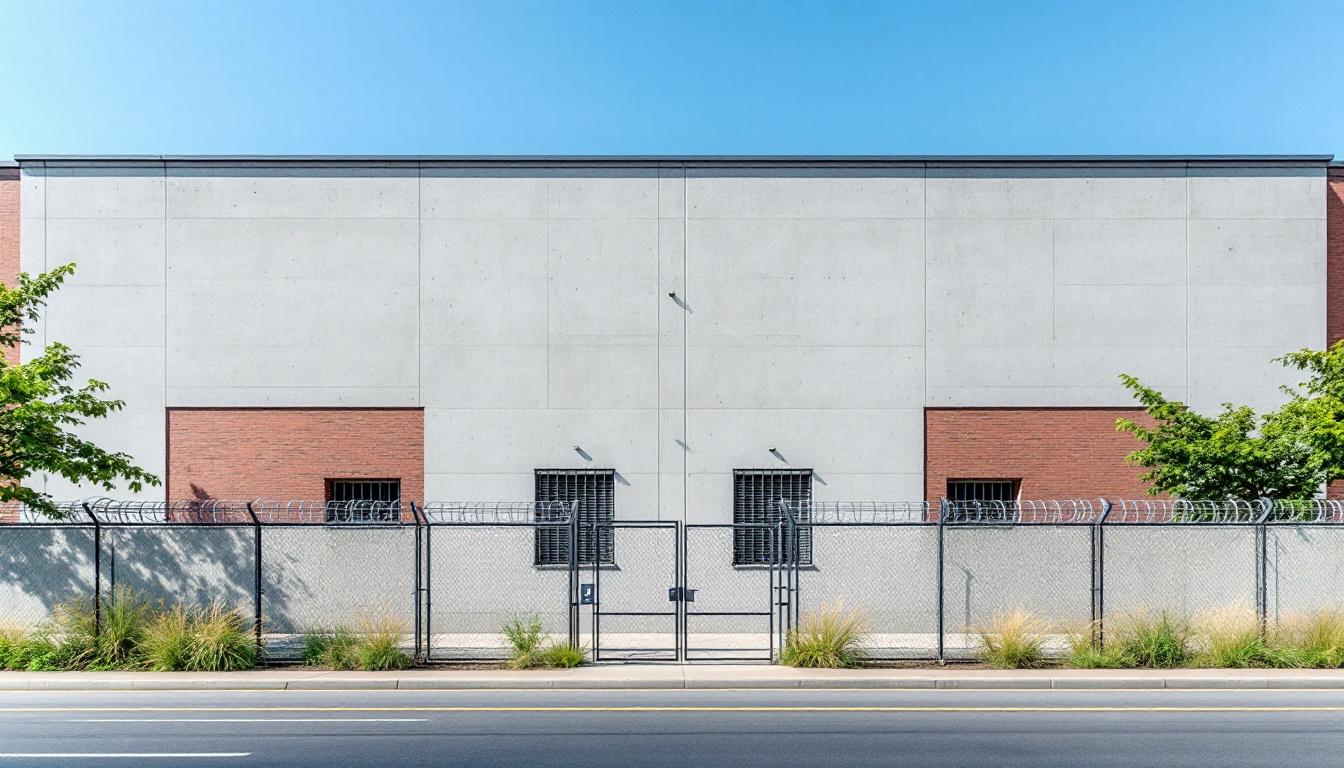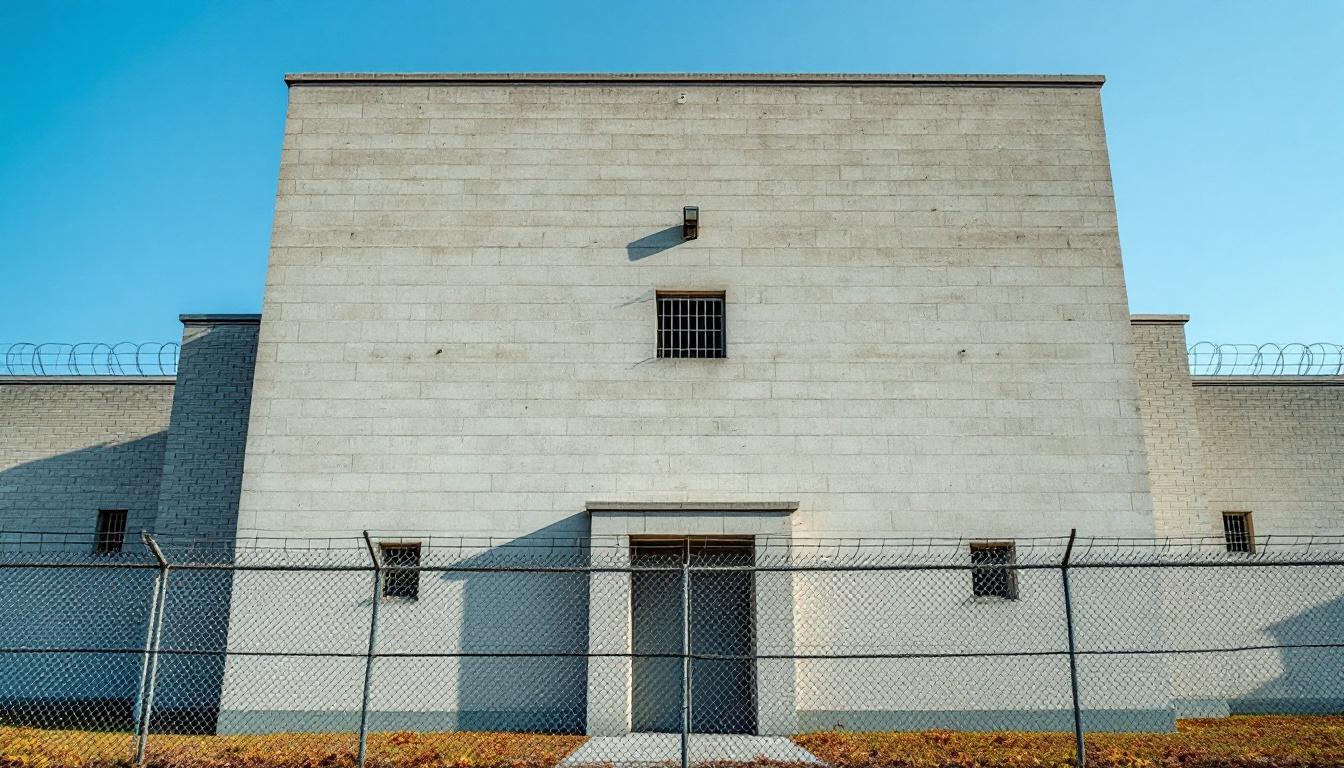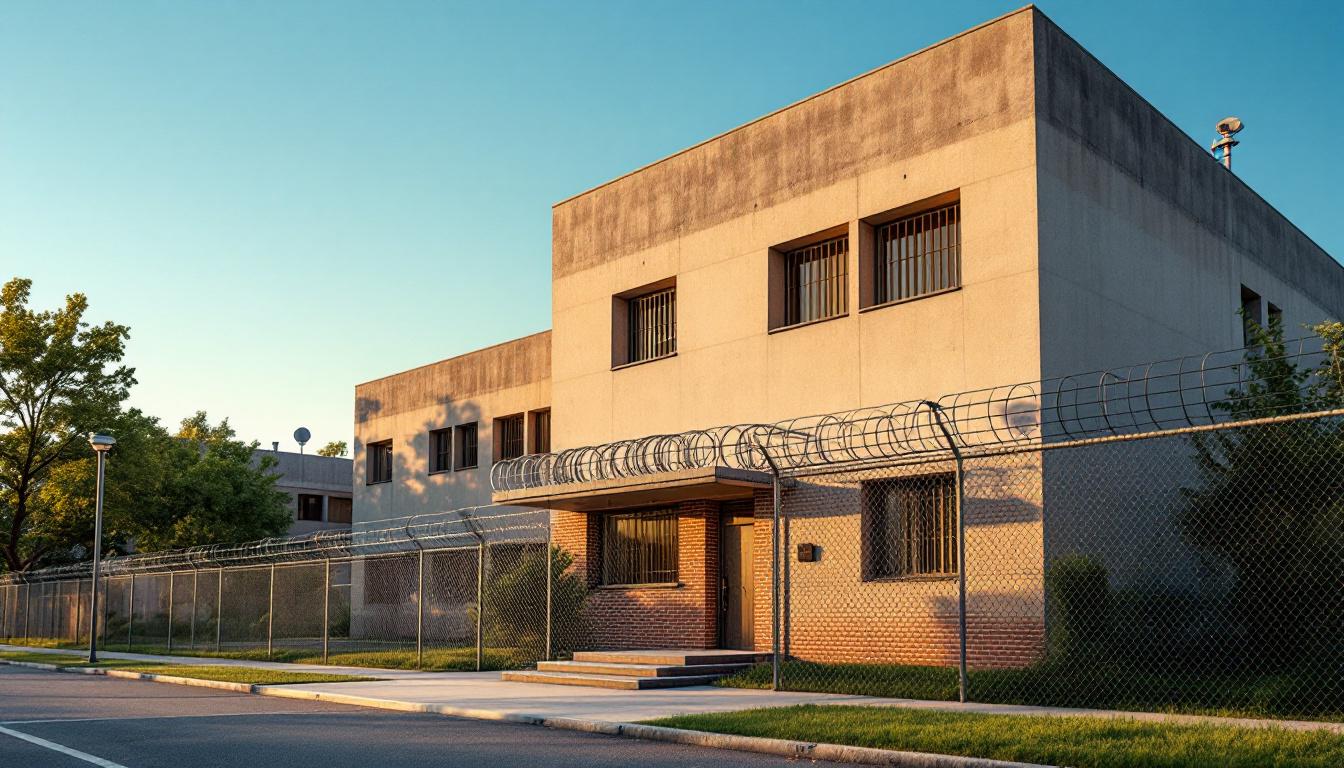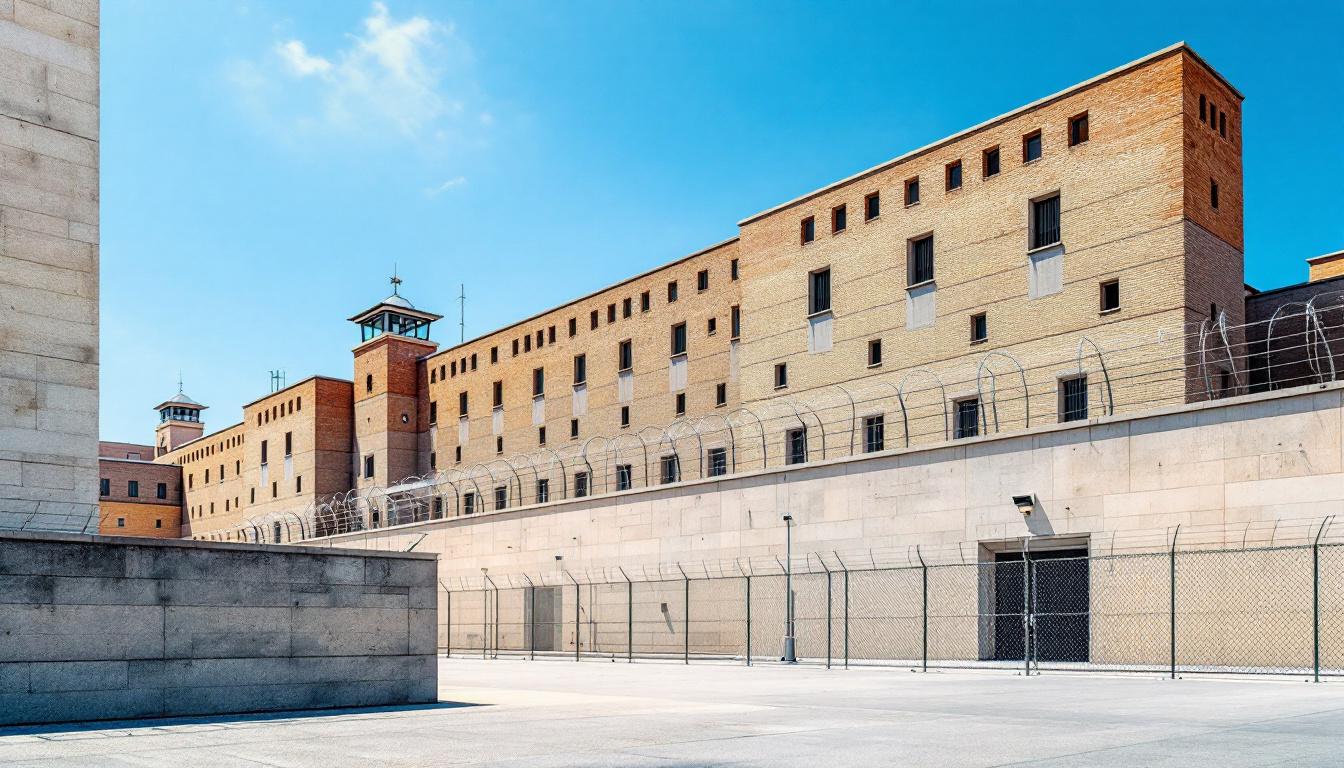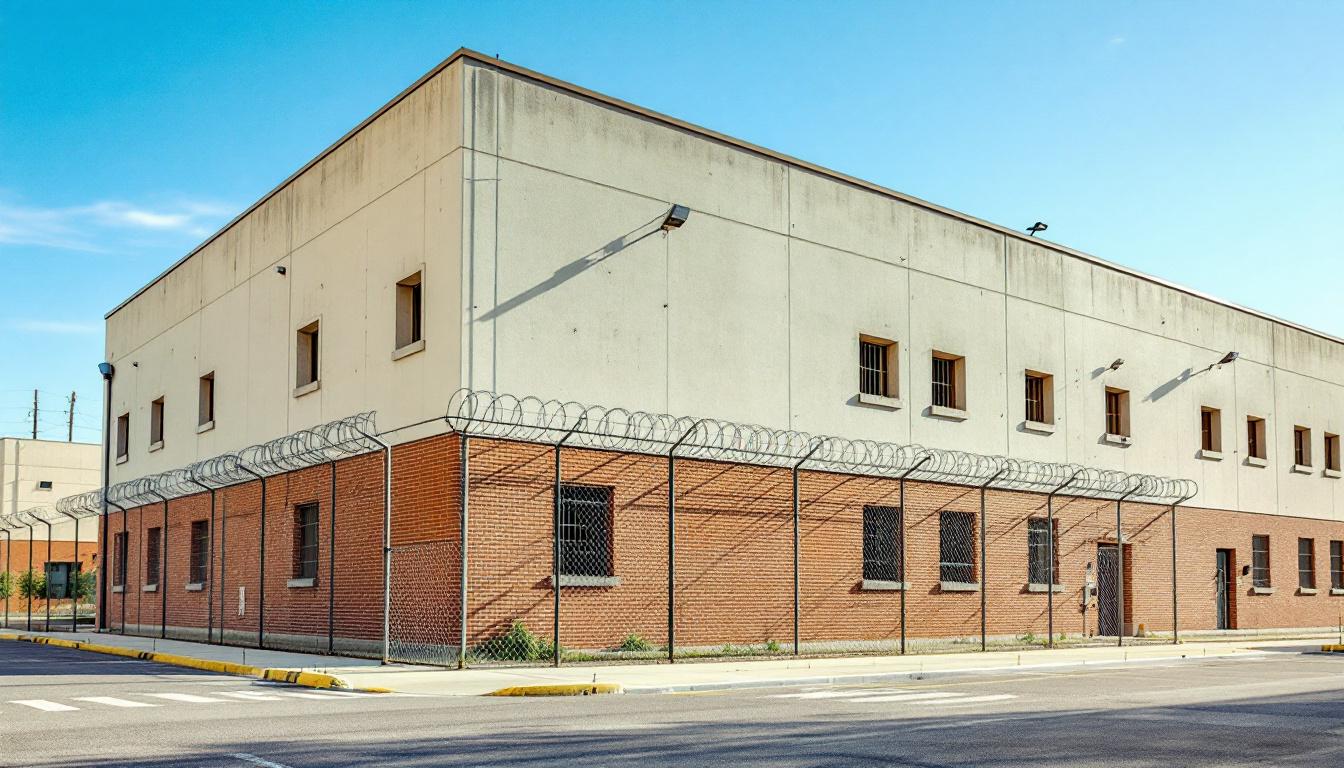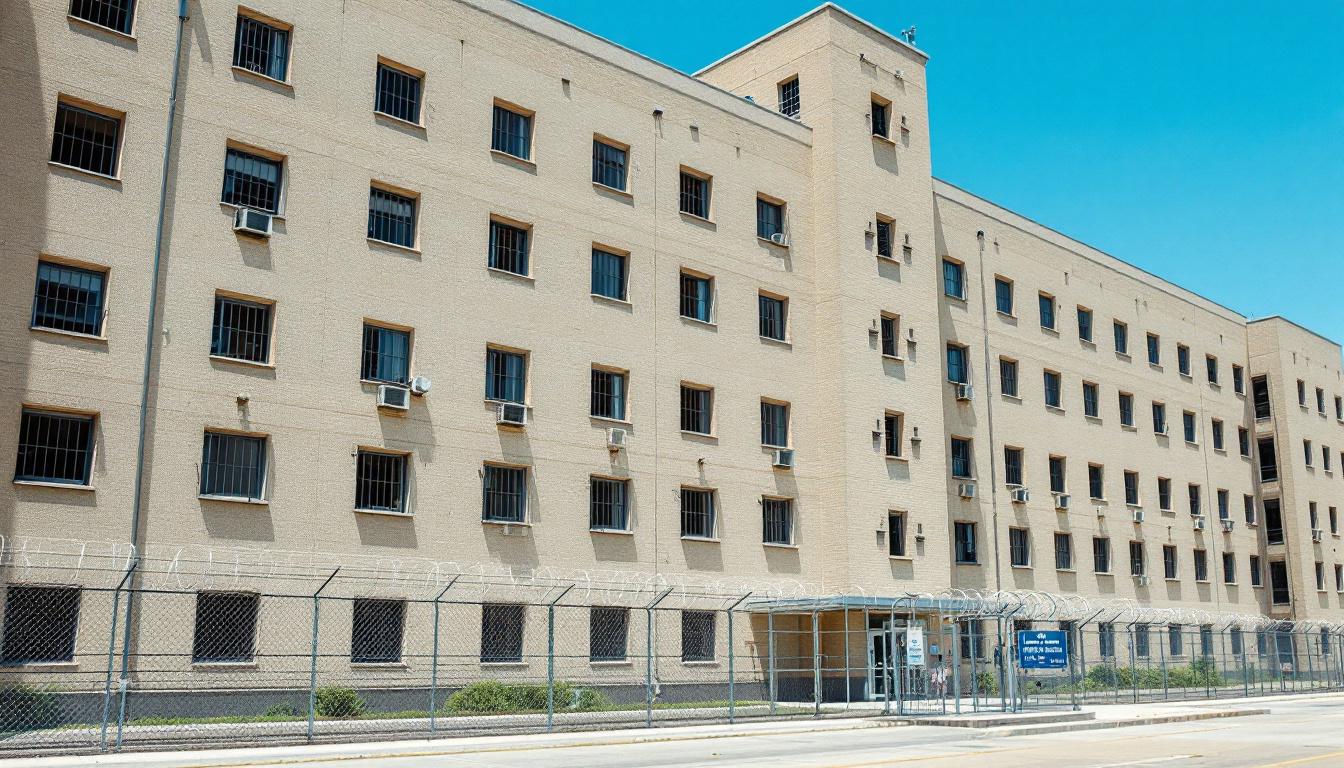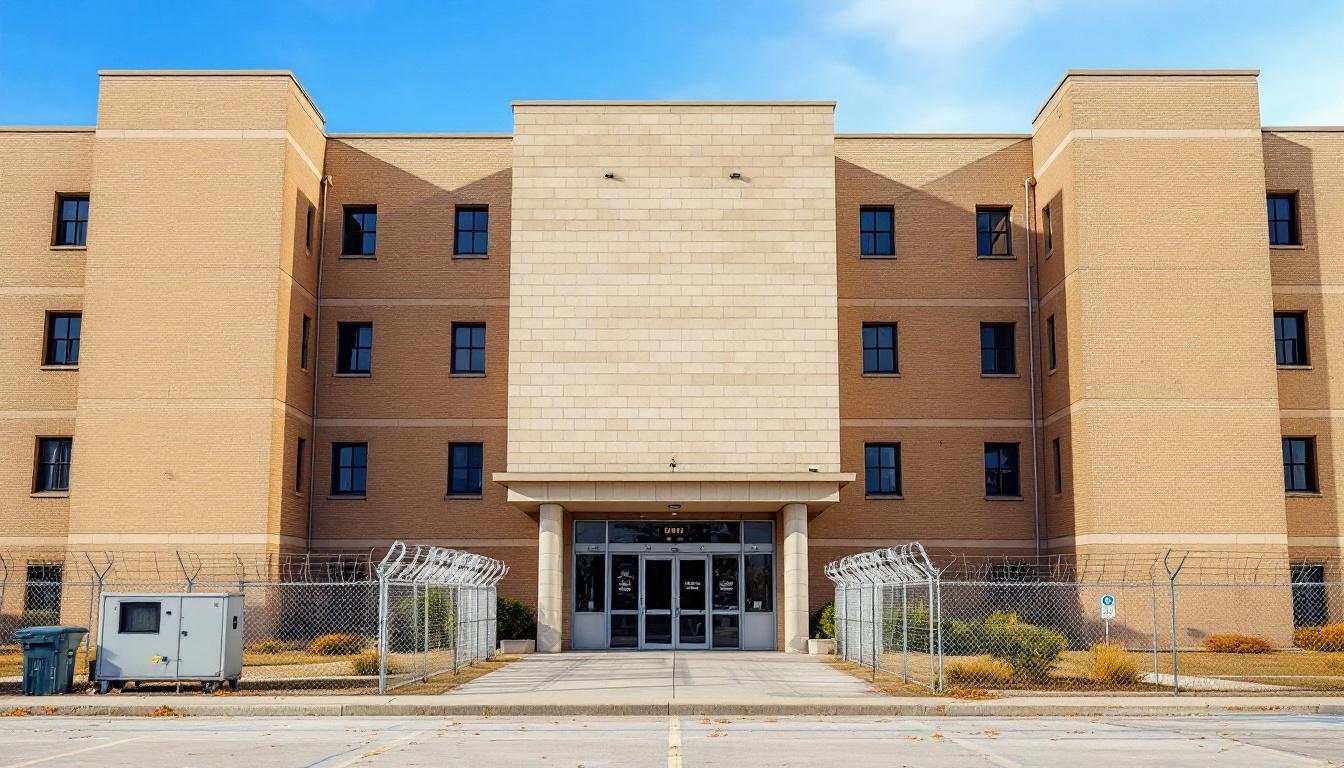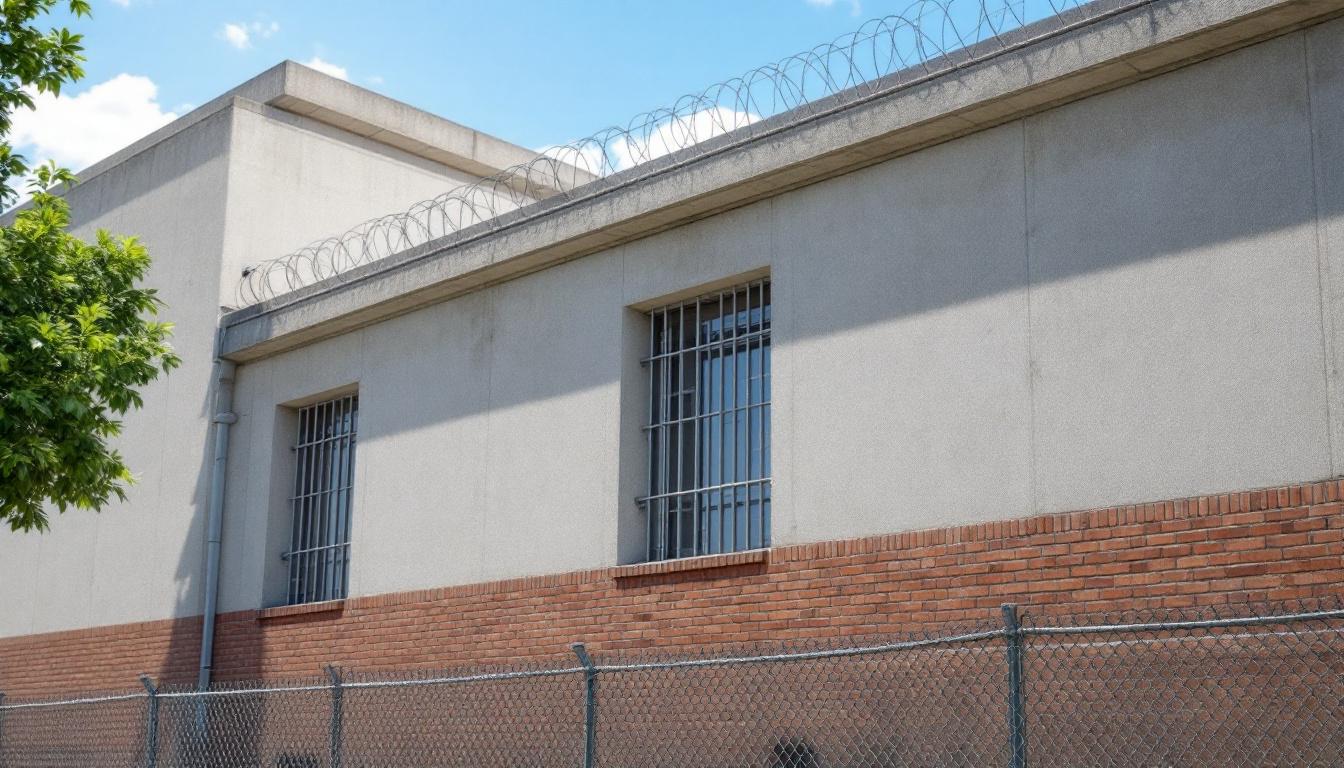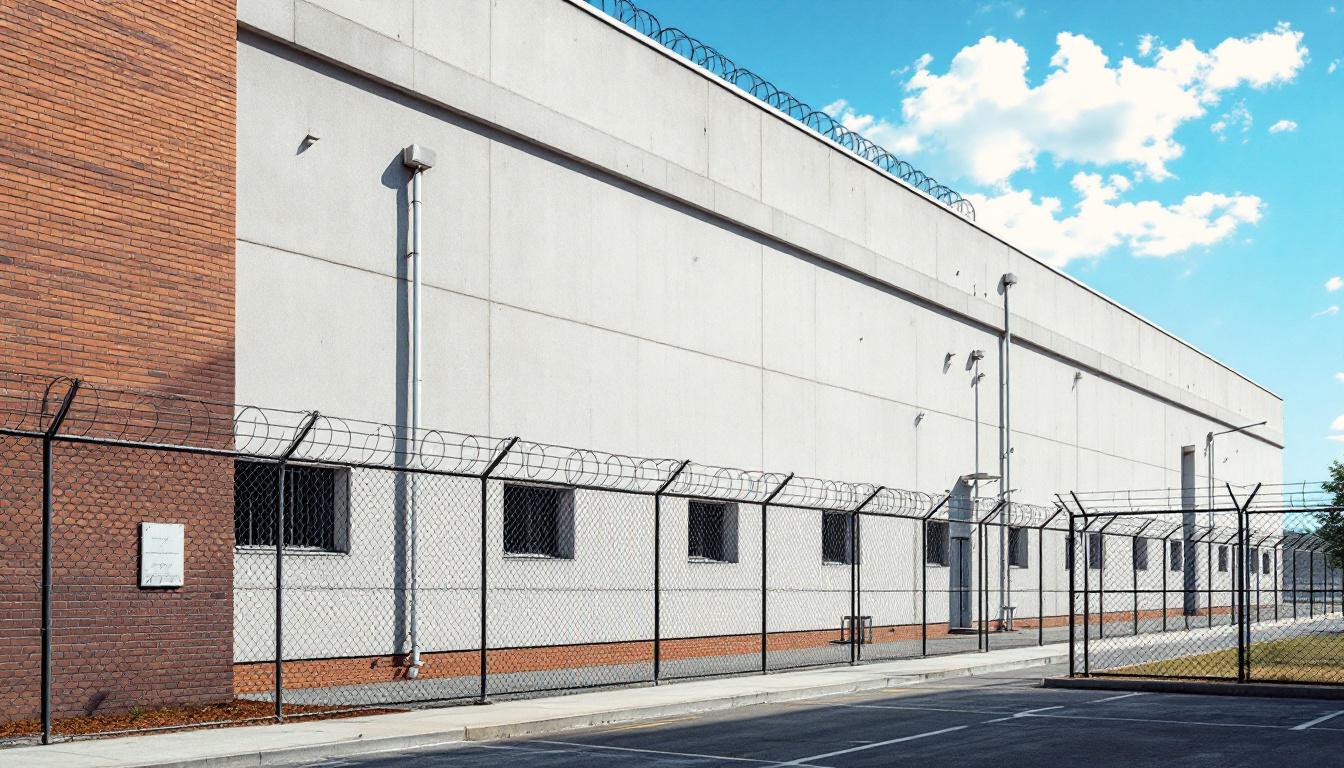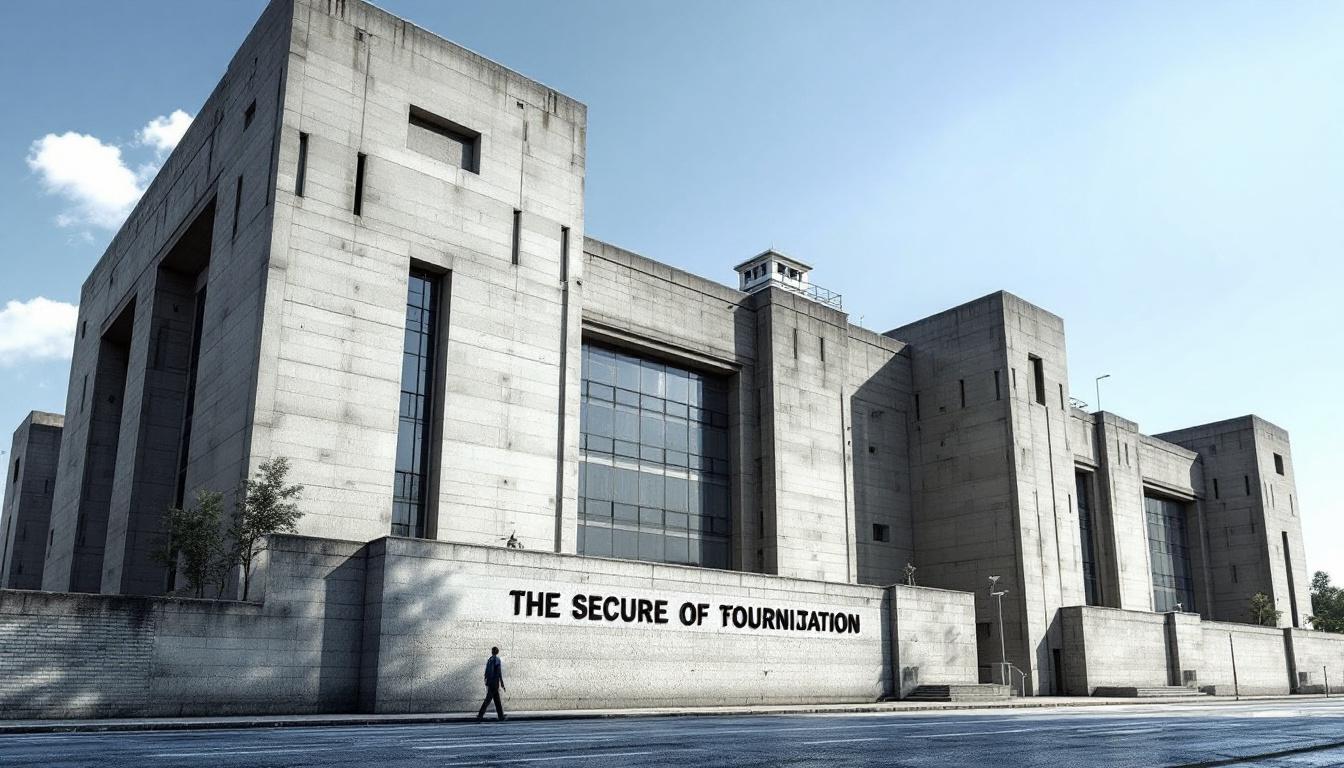
Quick Navigation
How to contact an inmate at Trinity River Conservation Camp #3
This comprehensive guide will walk you through how to connect with an inmate at Trinity River Conservation Camp #3. Follow the steps below to find an inmate and send letters and photos:
- Search for the inmate using our search tool below
- Create your account or log in to Penmate
- Write your message (up to 6,000 characters)
- Send instantly - inmates receive printed copies daily
Find an Inmate
Search for an inmate to start communicating today
Tip: You can search by first name, last name, or inmate ID number
To contact a person at Trinity River Conservation Camp #3 start by searching for the person on the official facility website. Perform a search by following these steps:
- Step 1: Enter their first name and last name into the search form and click "Search"
- Step 2: Locate their inmate record
- Step 3: Write down their Inmate ID and any housing information provided
Important! Be sure to enter the person's full name. Nicknames should not be used.
How to Send Messages to Inmates

You can use your phone or computer to send emails, letters, and photos to an inmate. Messages are sent electronically to inmate tablets or kiosks at the facility. If you would like to send a message, start by searching for an inmate at Trinity River Conservation Camp #3.
Sending Photos and Postcards

A great way to send love and support to a loved one at Trinity River Conservation Camp #3 is to send photos and postcards. It only takes a few minutes to send photos from your phone and it makes a huge difference. You can also mail postcards with words of support and inspiration, or design your own postcard for special moments like birthdays and holidays.
Important! Be sure not to send any explicit photos or they may not be approved by the facility. You can also use a photo printing app like Penmate to make sure your photos are printed at the correct size (4x6 or 3x5) and are mailed according to the rules and regulations of Trinity River Conservation Camp #3.
Frequently asked questions about Trinity River Conservation Camp #3
-
How long does it take to deliver a message?
If you're sending an email message your letter is usually delivered within 24-48 hours. For messages sent via mail you should expect delivery within 3-7 days. All messages will need be approved by Trinity River Conservation Camp #3.
-
How much does it cost to send a message to Trinity River Conservation Camp #3?
You can send a message free using your phone or mail a message via USPS for the price of a $0.60 stamp and envelope. You can also purchase credits or e-stamps from services starting at $1.99.
-
What services can I use to contact an inmate at Trinity River Conservation Camp #3?
Penmate
You can use Penmate to send letters and photos to an inmate from your phone. It's an easy way to stay in touch during your loved one's incarceration. Use the inmate locator to find an inmate's location and contact information, then you can send messages within a few minutes.
Securus messaging
Securus may be another option for communicating with an inmate at Trinity River Conservation Camp #3. You can create a friends and family account and purchase credits to send messages. All messages will be reviewed and must be approved by the facility.
JPay
Some county jails and state prisons may support sending messages with JPay. You must register an account with the system, find your loved one, and purchase stamps to send messages. For some locations you can also attach photos.
Smart Jail Mail
You may also check if Smart Jail Mail is available at Trinity River Conservation Camp #3. Smart Jail Mail is operated by Smart Communications and has contracted with some state and county jails. After purchasing credits, your messages and photos are sent to the facility, printed out, and then handed out to your loved one.
-
What is the mailing address of Trinity River Conservation Camp #3?
Mailing address:
Trinity River Conservation Camp #3
3325 Pettijohn Road
Lewiston, CA 96052
-
What are the visiting hours at Trinity River Conservation Camp #3?
Visiting hours at Trinity River Conservation Camp #3 vary by housing unit and security level. Generally, visits are scheduled on weekends and holidays, with some facilities offering weekday visits. Contact the facility directly for the current visiting schedule. Visits typically last 30-60 minutes and must be scheduled in advance.
-
What items are prohibited when sending mail to Trinity River Conservation Camp #3?
Prohibited items typically include: cash, personal checks, stamps, stickers, glitter, glue, tape, staples, paperclips, polaroid photos, musical or blank greeting cards, hardcover books, magazines with staples, and any items containing metal or electronics. Only send letters on plain white paper with blue or black ink. Photos must be printed on regular photo paper (no Polaroids). Always check with Trinity River Conservation Camp #3 for their specific mail policies.
-
How do I send money to an inmate at Trinity River Conservation Camp #3?
You can send money to an inmate at Trinity River Conservation Camp #3 through several methods: 1) Online using JPay, Access Corrections, or the facility's approved vendor, 2) Money orders mailed directly to the facility with the inmate's name and ID number, 3) Kiosks located in the facility lobby, or 4) Over the phone using a credit or debit card. Fees vary by method, typically ranging from $2.95 to $11.95 per transaction.
-
Can I schedule a video visit with an inmate at Trinity River Conservation Camp #3?
Many facilities now offer video visitation as an alternative to in-person visits. At Trinity River Conservation Camp #3, video visits may be available through services like Penmate, Securus Video Connect, GTL, or ICSolutions. Video visits typically cost $10-20 for 20-30 minutes and must be scheduled in advance. You'll need a computer or smartphone with a camera and reliable internet connection. Contact the facility for their specific video visitation policies and approved vendors.
-
What identification do I need to visit an inmate at Trinity River Conservation Camp #3?
All visitors must present valid government-issued photo identification such as a driver's license, state ID, passport, or military ID. Minors must be accompanied by a parent or legal guardian who can provide the minor's birth certificate. Some facilities require visitors to be on the inmate's approved visitation list, which may require a background check. Contact Trinity River Conservation Camp #3 for specific ID requirements and visitor approval procedures.
-
How can I find out an inmate's release date?
To find an inmate's release date at Trinity River Conservation Camp #3, you can: 1) Use the online inmate search tool if available, 2) Call the facility's records department, 3) Contact the inmate's case manager or counselor, or 4) Have the inmate provide this information during a call or visit. For privacy reasons, some facilities only release this information to immediate family members.
Facility Overview
Contact Information
Trinity River Conservation Camp #33325 Pettijohn Road
Lewiston, CA 96052
Official Website

About Trinity River Conservation Camp #3
Operating in the scenic Trinity River region of Northern California, Trinity River Conservation Camp #3 serves as a joint fire suppression and conservation facility managed collaboratively by the California Department of Corrections and Rehabilitation (CDCR) and CAL FIRE. Since opening in May 1988, this specialized conservation camp has housed volunteer participants who contribute tens of thousands of work hours annually to local, state, and federal government agencies through firefighting, emergency response, and community service projects. Located at 3325 Pettijohn Road in Lewiston, the facility primarily focuses on providing incarcerated fire crews for fire suppression activities throughout Trinity, Shasta, and Siskiyou County areas.
The camp operates on a comprehensive volunteer-based model where no individual is involuntarily assigned to the program, allowing participants to actively choose engagement in meaningful work that directly benefits their communities. CDCR maintains responsibility for security, supervision, and care of participants, while CAL FIRE oversees daily work projects and custody during field assignments. Hand crews from Trinity River Conservation Camp typically respond to various emergencies including floods and provide essential workforce support for conservation projects that serve the broader Northern California region.
Beyond emergency response, the facility houses productive in-camp operations including a saw mill and cabinet shop where participants develop valuable vocational skills while creating useful products. These programs may offer participants opportunities to gain work experience and technical training that can support successful community reintegration upon release. The camp’s comprehensive approach combines public safety service with skill development, creating pathways for participants to contribute positively to society both during and after their time at the facility.
Programs & Services
Trinity River Conservation Camp #3 operates a comprehensive sawmill and cabinet shop program where participants develop valuable woodworking and manufacturing skills. Through these in-camp projects, individuals gain hands-on experience in lumber processing, furniture construction, and precision craftsmanship that may translate into employment opportunities upon release. The facility’s volunteer-based Conservation Camp Program allows participants to contribute tens of thousands of hours annually to community service projects while building practical work experience.
The camp’s partnership with CAL FIRE provides participants with specialized training in fire suppression techniques, emergency response, and conservation work. Fire crews receive preparation for deployment throughout Trinity, Shasta, and Siskiyou County areas, developing skills in wildfire management, flood response, and various conservation projects. This program may offer certifications in fire safety and emergency services that enhance participants’ qualifications for civilian employment in related fields.
Beyond the conservation and emergency response programs, Trinity River Conservation Camp typically provides educational services that may include adult basic education, GED preparation, and vocational training opportunities. The facility often includes counseling services, substance abuse programs, and reentry planning to support successful community reintegration. Participants may also have access to library services, recreational activities, and family visitation programs designed to maintain important community connections during their time at the facility.
Daily Life & Visitation
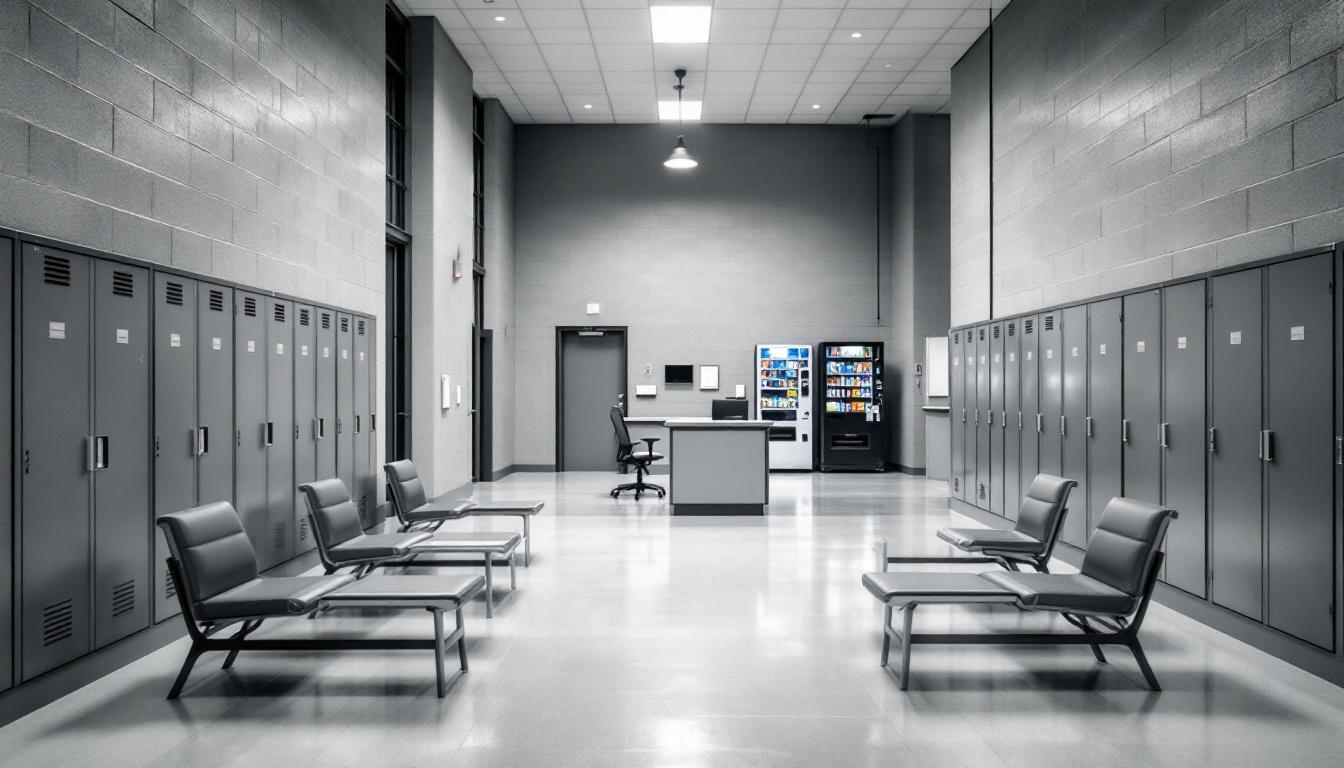
Participants at Trinity River Conservation Camp #3 begin each day knowing they volunteered for this specialized program, which operates through a comprehensive partnership between CDCR and CAL FIRE. The camp’s routine typically revolves around preparing for potential emergency calls, as crews may be deployed at any time for fire suppression activities throughout Trinity, Shasta, and Siskiyou Counties. When not responding to emergencies, participants often work on various projects including operating the camp’s sawmill and cabinet shop, where they build furniture and other items as part of their daily responsibilities.
The conservation camp environment differs from traditional correctional facilities, as participants spend considerable time working outdoors on conservation projects, flood response, and community service activities that may provide tens of thousands of work hours annually to local, state, and federal agencies. Living accommodations at the camp are designed to support the program’s mission, though specific details about housing arrangements are not detailed in available information. The facility’s location in Lewiston provides a more rural setting compared to urban correctional facilities.
For families seeking to maintain contact, the camp can be reached at (530) 286-2886 for CDCR-related matters. Visitation policies and communication procedures typically follow CDCR guidelines, though specific visiting hours and contact rules may vary. Families are encouraged to contact the facility directly for current information about visitation schedules, approved communication methods, and any special procedures that may apply to conservation camp participants.
Ready to Connect?
Start communicating with your loved one today
Search for an Inmate
